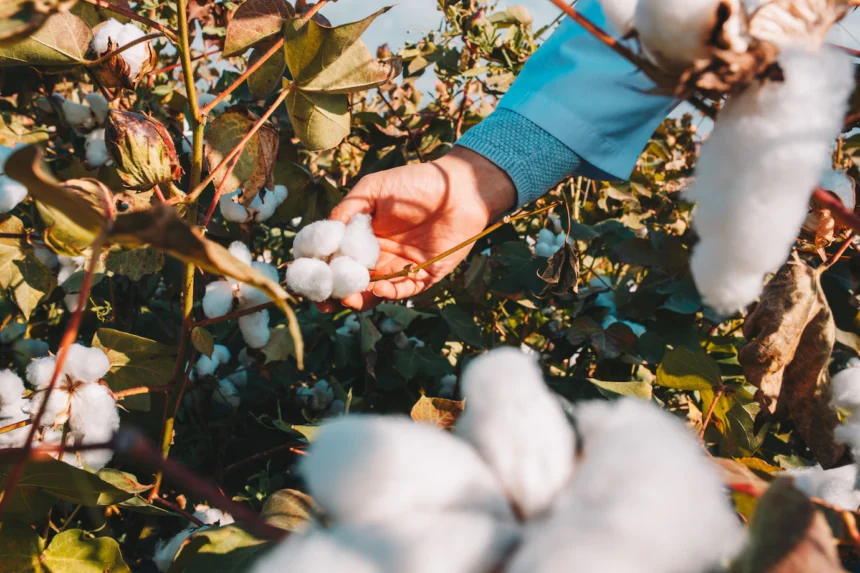Cotton production in South Africa faces both challenges and opportunities. Let’s explore them in detail:
Challenges:
- Water Scarcity: South Africa is a water-scarce country, and cotton cultivation requires substantial amounts of water. The availability of water for irrigation purposes can be a significant challenge, particularly in regions with limited water resources.
- Climate Change: The impact of climate change, including irregular rainfall patterns and increased temperatures, poses a challenge to cotton production. Unpredictable weather patterns can lead to crop failures and decreased yields.
- Pests and Diseases: Cotton crops are susceptible to various pests and diseases, such as bollworms, aphids, and fungal infections. Managing these pests and diseases requires effective pest control strategies and regular monitoring, which can be costly for farmers.
- Limited Land Availability: The expansion of urban areas and competing land uses reduce the availability of suitable land for cotton farming. This limitation restricts the potential for increasing cotton production in the country.
Opportunities:
- Genetic Research and Technology: Advances in genetic research and technology offer opportunities to develop cotton varieties that are drought-tolerant, pest-resistant, and have higher yields. These improved varieties can help overcome some of the challenges faced by cotton farmers in South Africa.
- Sustainable Farming Practices: Adopting sustainable farming practices can enhance cotton production in the country. Techniques such as precision agriculture, efficient water management, and integrated pest management can help mitigate environmental challenges and improve productivity.
- Value Addition: There is an opportunity for South Africa to develop its textile and apparel industry further. By establishing local processing and manufacturing facilities, the country can create value-added products and reduce reliance on imported textiles.
- Market Diversification: South Africa can explore diverse markets for its cotton products, both domestically and internationally. By identifying niche markets and promoting locally produced cotton as a sustainable and high-quality product, the country can expand its customer base and increase profitability for cotton farmers.
- Government Support: Continued government support through policies, subsidies, and research funding can play a crucial role in addressing challenges and promoting opportunities in the cotton sector. Investment in infrastructure, such as irrigation systems and research facilities, can also boost cotton production.
It is important for stakeholders, including farmers, researchers, policymakers, and industry players, to collaborate and implement strategies that address the challenges while capitalizing on the opportunities to ensure a sustainable and prosperous cotton industry in South Africa.
Join 'Farmers Mag' WhatsApp Channel
Get the latest Farming news and tips delivered straight to your WhatsApp
CLICK HERE TO JOIN






